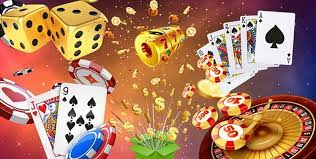Slot machines, often referred to as “one-armed bandits,” have been a staple of casinos and gambling establishments for over a century. Their m88 alternatif evolution from simple mechanical devices to sophisticated digital entertainment systems is a fascinating journey, reflecting broader technological advancements and changes in consumer behavior. This article delves into the history, mechanics, psychology, and future of slot machines, exploring why they remain one of the most popular forms of gambling worldwide.
A Brief History of Slot Machines
The Birth of the Slot Machine
The first slot machine, known as the Liberty Bell, was invented by Charles Fey in San Francisco in 1895. This mechanical device featured three spinning reels with five symbols: horseshoes, diamonds, spades, hearts, and the Liberty Bell. Players would pull a lever to set the reels in motion, and winning combinations would result in payouts, with the highest payout being for three Liberty Bells in a row.
The Electromechanical Era
In the 1960s, the advent of electromechanical slot machines marked a significant technological shift. These machines incorporated electrical components, allowing for more complex mechanisms and higher payouts. The lever was gradually replaced by a button, and the machines became more reliable and easier to maintain.
The Digital Revolution
The 1980s and 1990s saw the rise of video slot machines, which used computer technology to create virtual reels and more elaborate game themes. This digital transformation enabled the introduction of bonus rounds, multiple paylines, and progressive jackpots. The incorporation of Random Number Generators (RNGs) ensured fair play and increased the unpredictability of outcomes.
Mechanics of Modern Slot Machines
Random Number Generators
At the heart of modern slot machines lies the RNG, a complex algorithm that generates thousands of random numbers per second. When a player presses the spin button, the RNG selects a number that corresponds to a specific combination of symbols on the reels. This ensures that each spin is entirely independent of previous spins, maintaining the element of chance.


